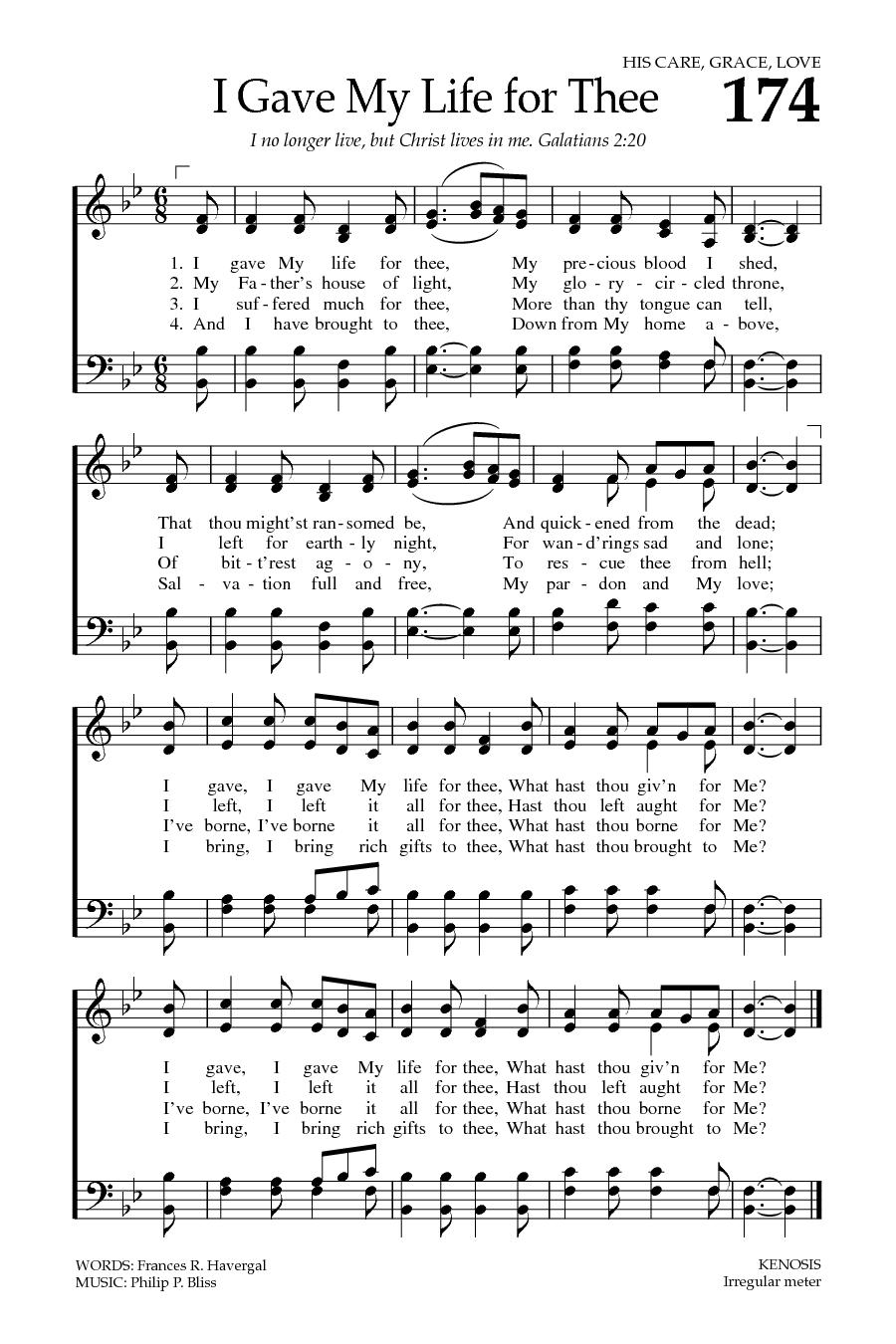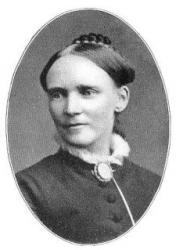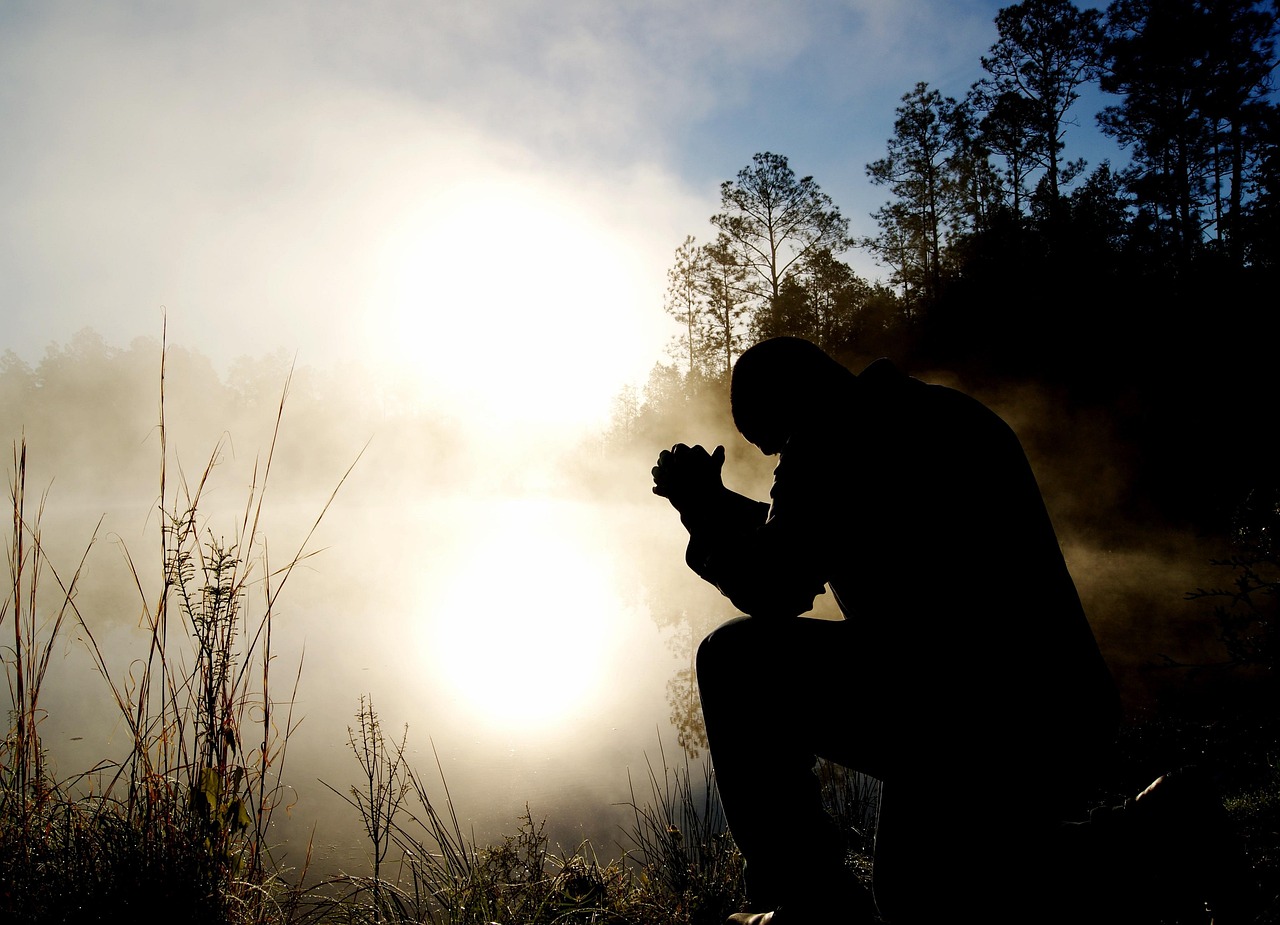I Gave My Life for Thee
By Frances R. Havergal
Lyrics
My precious blood I shed,
That thou mightst ransomed be,
And quickened from the dead;
I gave, I gave My life for thee,
What hast thou done for Me?
I gave, I gave My life for thee,
What hast thou done for Me?
My glory-circled throne
I left for earthly night,
For wanderings sad and lone;
I left, I left it all for thee,
Hast thou left aught for Me?
I left, I left it all for thee,
Hast thou left aught for Me?
More than thy tongue can tell,
Of bitterest agony,
To rescue thee from hell;
I've borne, I've borne it all for thee,
What hast thou borne for Me?
I've borne, I've borne it all for thee,
What hast thou borne for Me?
Down from My home above,
Salvation full and free,
My pardon and My love;
I bring, I bring rich gifts to thee,
What hast thou brought to Me?
I bring, I bring rich gifts to thee,
What hast thou brought to Me?
Bible Reference
Titus 2:14
About This Hymn
“And that He died for all, that they which live should not henceforth live unto themselves, but unto Him which died for them, and rose again.” — 2 Corinthians 5:15 (KJV)
Frances Ridley Havergal, often remembered as “hymnody’s sweetest voice,” was born on December 14, 1836, in Astley, Worcestershire, England. She was the youngest daughter of Rev. William Henry Havergal, a devoted minister in the Church of England who was also recognized for his own poetry and musical contributions to church life. From an early age, Frances exhibited remarkable gifts in both language and music. She received a rich education in classical and modern languages as well as formal musical training, yet she never allowed her learning or accomplishments to overshadow her deep and sincere Christian faith.
Despite her frail health, Miss Havergal lived a life of tireless devotion and spiritual productivity, marked by humility and consecration. She reportedly never penned a single line of poetry or hymn without first praying for divine guidance. Her writings reflect her commitment to Christ and a life fully surrendered to His service. Her spiritual depth and poetic sensitivity made her one of the most beloved hymn writers of the 19th century.
A pivotal moment in the creation of one of her most stirring hymns occurred during her time studying in Düsseldorf, Germany. While visiting an art gallery in the city, she encountered Sternberg’s painting “Ecce Homo”, a powerful depiction of Christ crowned with thorns, standing before Pilate and the angry crowd. Beneath the image were the haunting words: “This have I done for thee; what hast thou done for Me?” Deeply moved by the painting’s emotional and spiritual weight, Frances remained in silent reflection before it. Then, prompted by the Spirit and overwhelmed by the message, she quickly scribbled down a poem in response.
Returning to England, she later reviewed the lines she had hastily written, but dissatisfied with their poetic quality, she tossed the paper into the fire. Remarkably, the sheet fluttered out of the flames and landed on the floor, unburned. Her father discovered the paper, read the words, and saw great merit in them. He urged her to preserve the hymn and even composed the first melody to accompany it.
The hymn would later be set to a new and enduring tune, “Kenosis”, composed by Philip P. Bliss, one of the foremost American gospel songwriters of the 19th century. Bliss dedicated the tune to the Railroad Chapel Sunday School in Chicago, Illinois, and it was first published in his influential songbook Sunshine for Sunday Schools in 1873. The title Kenosis—referring to Christ’s self-emptying as described in Philippians 2:7—beautifully underscores the hymn’s message of sacrificial devotion.
Frances Ridley Havergal is also the author of other cherished hymns such as “Take My Life and Let It Be” (No. 87) and “I Am Trusting Thee, Lord Jesus” (101 More Hymn Stories, No. 38), which continue to inspire believers with their depth of surrender and trust.
Philip P. Bliss, who provided the tune for this hymn, was also responsible for several other widely beloved hymns, including “Hold the Fort” (No. 30), “It Is Well With My Soul” (No. 44), “Jesus Loves Even Me” (No. 46), “My Redeemer” (No. 59), “Let the Lower Lights Be Burning” (101 More Hymn Stories, No. 55), and “Once for All” (ibid., No. 72). His collaboration with Havergal on this hymn stands as a poignant blend of British lyricism and American musical craftsmanship, offering a heartfelt call to believers to live not for themselves, but for the One who died and rose again on their behalf.


📬 Subscribe to Our Devotional Updates
Receive weekly hymns, devotionals, and website features directly in your inbox.
Hymn Information

- Category: Hymn
- Author/Writer: Frances R. Havergal (1859)
- Added: June 12, 2025
- Last Updated: June 12, 2025
- Views: 961
MIDI File
Recent Blog Posts
-
 How to Develop a Consistent Prayer Schedule
How to Develop a Consistent Prayer Schedule
Dec 11, 2025 -
 How to Forgive Someone Who Deeply Hurt You
How to Forgive Someone Who Deeply Hurt You
Dec 11, 2025 -

-
 Why Christmas Is Celebrated on December 25
Why Christmas Is Celebrated on December 25
Dec 11, 2025 -
 10 Most Renowned Hymn Writers
10 Most Renowned Hymn Writers
Dec 10, 2025
Visit Us on Social Media
Latest from X (Twitter)
Tweets by HymnalLibraryLatest from Facebook
Latest on YouTube
Daily Bible Verse
Disclaimer
The hymns, sheet music, MIDI files, and related content on this website are provided for educational and research purposes only.
- Public Domain: Many of the hymns featured here are in the public domain and may be freely used.
- Copyrighted Works: Some hymns may still be under copyright protection. Where applicable, permission has either been requested from the copyright owner, or the content is shared under the principles of fair use for educational purposes.
⚠️ Important Notice: If you wish to reproduce, distribute, or use any copyrighted hymn beyond personal study or educational use, you must obtain permission directly from the copyright holder. This website does not grant any rights for commercial use yet.
If there is any other question please address it to us in our Contact Page, for further assistance. Thank you for using the site. May God Bless You.